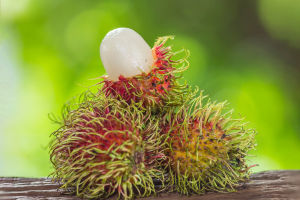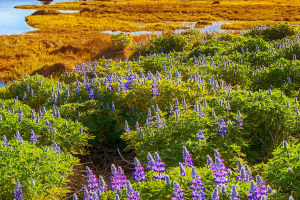Birds in the order Strigiformes are called owls, and the total number of species exceeds 130. They are found on all continents except Antarctica. Most species are nocturnal carnivores, eating mainly rodents, but also insects, small birds, lizards, fish, and other animals.
The head of the bird is broad, the beak is short and stout with a hooked front end, and the feathers on the front of the head are arranged in a face plate, and some species have ear-like feathers. The distribution of binoculars, facial discs, and ear feathers make the head of this order of birds remarkably similar to that of a cat, commonly known as an owl. It is also known as the sacred cat hawk.
Owls like to sleep among the leaves during the day and wait until nightfall to feed, which is the forest of mice experts. Because owls' eyes are in front of their heads, unlike other birds, they can only keep turning their heads when they want to see all around them.
In the world, there are more than 130 species of owls.
The largest owl species is the Eurasian Eagle-Owl. It can grow up to 2.3 feet in length and have a wingspan of up to 6.6 feet!
1.Ghost owl
The ghost owl is 23-26 cm long and has six subspecies. Male and female plumage color is the same. Forehead, head, and occipital brown, with a white oval spot. The face plate is white with brown outer feather margins. Below the body is white, with brown longitudinal spots and brown wings.
It mainly inhabits coniferous and mixed coniferous forests near grasslands, swamps, and tundra. It is a resident bird and often wanders into woods at lower elevations in autumn and spring. It is found in Europe, abroad, Mongolia, central Asia, Hokkaido abroad, Alaska, and Canada.
2. Woodland owl
The owl is a large owl with a body length of 56-65 cm. The head is large, with no ear clusters of feathers, and the face plate is conspicuous, round, and light gray, covered with concentric dark rings and crescent-shaped white spots. The upper body is dark gray-brown with dark and white spots, and the lower body is white or gray-white with broad brown longitudinal stripes.
The owl mainly inhabits primary and mixed coniferous forests dominated by larch, birch, and poplar, except during the breeding season, often alone, flying rapidly and silently, mainly feeding on rodents.
3. Monkey-faced Hawk
The monkey-faced eagle has a flattened, heart-shaped face plate, white or gray-brown. It is surrounded by dark chestnut edges, resembling a monkey's face, and full of downy hair. A pair of deep round eyes, and a beak is yellow-brown, so the common name is "monkey-faced eagle".
The monkey-faced hawk nests in tree caves or rock gaps and feeds on rodents, frogs, snakes, and bird eggs. The call is loud and piercing. It hides in the woods during the day and is very active at night. The monkey-faced eagle is only active at night but sleeps during the day, and its eyes are almost blind.
4. Eagle owl
The eagle owl has a strong and hooked bill, the wings have a different shape, and the fifth secondary flight feather is missing. The tail is short and rounded, with 12 tail feathers, sometimes only 10. The feet are strong and powerful, and the claws are large and sharp. The tail fat gland is bare. There is a distinct ear-like tuft around the circumference of the ear hole, which helps to distinguish sound and nocturnal orientation at night.
The eagle owl usually stays away from crowds and is active in isolated places where people do not visit. They are often solitary except during breeding season. Nocturnal, mostly hiding in the dense forest during the day, the neck-closed eyes perched in the trees, not moving. But its sense of hearing is very keen, the slightest sound, immediately stretches the neck and opens the eyes, turning the body, observing the surrounding movement, such as the discovery of people directly flying away. The flight is slow and silent, usually flying low to the ground. Hearing and vision are exceptionally sharp at night. During the day, it rests in dense bushes.


